MARKET OVERVIEW
The North America Baby Bottle market represents a dynamic landscape, reflecting the evolving needs and preferences of modern parents. These feeding essentials have transcended their conventional role, becoming indispensable tools in infant care. Examining this market provides valuable insights into the interplay of innovation, health considerations, and consumer choices.
At the North America Baby Bottle market is a quest for safer and more efficient solutions. With a growing emphasis on health-conscious parenting, manufacturers are pioneering materials that go beyond the conventional plastic options. Glass and stainless steel bottles have gained popularity, addressing concerns about chemical leaching and environmental impact.
The market is not merely about containment but extends to features catering to the holistic well-being of the child. Anti-colic designs, mimicking natural breastfeeding motions, and ergonomic shapes are some innovations that exemplify this trend. Parents today seek products that seamlessly integrate into their busy lifestyles while prioritizing the comfort and health of their little ones.
Technological advancements also play a pivotal role in shaping the North America Baby Bottle market. Smart bottles, equipped with temperature sensors and Bluetooth connectivity, offer real-time monitoring and personalized insights. These innovations not only enhance user experience but also contribute to the overall efficiency and safety of infant feeding.
The market's competitive landscape is marked by a multitude of brands vying for consumer attention. Marketing strategies often revolve around aligning with contemporary parenting philosophies, leveraging social media influencers, and emphasizing sustainability. In this vibrant ecosystem, consumer reviews and word-of-mouth recommendations wield significant influence, steering parents toward trusted and reliable brands.
Regulatory considerations and safety standards add another layer to the complexity of the North America Baby Bottle market. Manufacturers navigate this landscape by adopting transparent practices, ensuring compliance with regulations, and communicating their commitment to safety and quality.
The North America Baby Bottle market is a fascinating intersection of technological innovation, health consciousness, and consumer dynamics. As parents navigate the plethora of options, the market continues to respond with solutions that not only meet basic needs but also align with the values and expectations of a new generation of caregivers.
North America Baby Bottle market is estimated to reach $1221.6 Million by 2030; growing at a CAGR of 6.2% from 2023 to 2030.
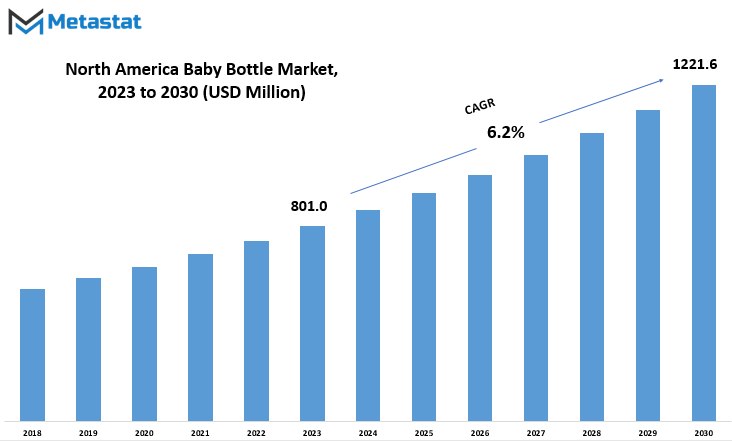
GROWTH FACTORS
The North American baby bottle market experiences growth propelled by certain factors while facing potential hindrances. Understanding these dynamics is crucial for comprehending the market's trajectory.
Several factors contribute to the growth of the North American baby bottle market. Primarily, the increasing awareness and emphasis on infant health and nutrition play a pivotal role. Parents today are more conscious of the products they choose for their babies, and baby bottles, being an essential component, witness heightened demand.
Additionally, advancements in technology have led to innovations in baby bottle design and functionality, enhancing their appeal to modern parents. These technological advancements not only cater to convenience but also address concerns related to hygiene and safety, further boosting market growth.
Despite these positive aspects, the market encounters challenges that might impede its growth. One such challenge is the economic constraints faced by a portion of the population. Economic uncertainties can impact purchasing power, leading to a potential decline in the demand for premium or specialized baby bottles.
Moreover, stringent regulations and standards governing the production and sale of baby bottles can pose obstacles for manufacturers. Compliance with these regulations demands investments in research and development, potentially affecting profit margins and overall market growth.
However, amidst these challenges, there exist opportunities that could fuel the North American baby bottle market in the forthcoming years. For instance, a growing trend of personalized and customized baby products presents a lucrative avenue. Manufacturers can tap into this trend by introducing innovative and tailor-made baby bottle solutions, catering to the diverse preferences of parents.
Furthermore, collaborations and partnerships within the industry can be instrumental in overcoming challenges and fostering growth. By pooling resources and expertise, stakeholders can collectively address regulatory issues and work towards the development of safer and more efficient baby bottle products.
The North American baby bottle market exhibits a dynamic interplay of growth factors and challenges. The market's trajectory is influenced by evolving consumer preferences, technological innovations, economic considerations, and regulatory landscapes. Navigating these dynamics requires a strategic approach, where industry players need to leverage opportunities while addressing challenges to ensure sustained growth in the competitive market.
MARKET SEGMENTATION
By Type
The North American baby bottle market can be categorized by types, which are more specifically divided into angle-neck bottles, vented bottles, wide-mouth bottles, and others.
In the North America’s baby bottle market, there exists a segmentation based on types, with a focus on angle-neck bottles, vented bottles, wide-mouth bottles, and other varieties.
The North American market for baby bottles can be broken down by type, with a particular emphasis on angle-neck bottles, vented bottles, wide-mouth bottles, and other miscellaneous options.
Within the North American baby bottle market, a notable classification is made according to types. This classification includes angle-neck bottles, vented bottles, wide-mouth bottles, and other variations.
In the North American sector of baby bottles, a distinct categorization is observed based on types. This categorization encompasses angle-neck bottles, vented bottles, wide-mouth bottles, and other diverse options.
The North American baby bottle market exhibits a segmentation by type, with a specific breakdown into angle-neck bottles, vented bottles, wide-mouth bottles, and other alternatives.
The baby bottle market In North America is intricately divided by type, with a detailed categorization into angle-neck bottles, vented bottles, wide-mouth bottles, and other miscellaneous choices.
The North American baby bottle market comprises various types, and this segmentation includes angle-neck bottles, vented bottles, wide-mouth bottles, and other options.
In the ever-evolving landscape of North America’s baby bottle market, a notable segmentation is observed based on types. This segmentation encompasses angle-neck bottles, vented bottles, wide-mouth bottles, and other variations.
In the continuously changing North American baby bottle market, there exists a segmentation based on types. This segmentation includes angle-neck bottles, vented bottles, wide-mouth bottles, and other diverse choices.
The North American market for baby bottles is characterized by a classification according to types. This classification involves angle-neck bottles, vented bottles, wide-mouth bottles, and other miscellaneous options.
By Material
The North American baby bottle market is segmented based on the materials used in manufacturing, with three primary categories: Plastic, Stainless Steel, and Others. Each material type plays a significant role in shaping the market landscape.
Plastic baby bottles, the most prevalent in the market, were valued at 390.3 USD Million in 2022. This segment’s popularity is attributed to factors such as affordability, lightweight nature, and ease of use. Parents often find plastic bottles a practical choice, as they are durable and come in various shapes and sizes to cater to different preferences.
Stainless Steel baby bottles represent another substantial segment, valued at 232.6 USD Million in 2022. The appeal of stainless steel lies in its durability and the ability to maintain the temperature of the contents for an extended period. This makes it a preferred choice for parents who prioritize sustainability and longevity in their baby products.
The following category, labeled as Others, encompasses a variety of materials and was valued at 129.8 USD Million in 2022. This segment caters to the diverse needs of consumers who may seek alternatives beyond plastic or stainless steel. The Others category includes materials like glass or hybrid compositions, offering additional choices for parents looking for specific features or characteristics in baby bottles.
In analyzing the North American baby bottle market, the material segmentation provides insights into consumer preferences and the diverse factors influencing their choices. Plastic dominates the market due to its practicality and affordability, while stainless steel and other materials cater to those who prioritize durability, sustainability, or specific material characteristics. The market’s dynamics are shaped by these material preferences, reflecting the varied demands of parents seeking the best options for their infants.
By Distribution Channel
The North America Baby Bottle market is categorized based on distribution channels, with three primary segments: Online Retail, Brick-and-Mortar Retail, and Baby Boutiques. In 2022, these segments exhibited varying values, shedding light on consumer preferences and market dynamics.
The Online Retail segment, with a valuation of 282.1 USD Million in 2022, represents a significant portion of the market. This channel has become increasingly popular due to the convenience it offers, allowing consumers to browse and purchase baby bottles from the comfort of their homes. The robust figure attests to the growing trend of online shopping in the baby care product domain.
On the other hand, the Brick-and-Mortar Retail segment recorded a valuation of 320.6 USD Million in 2022, indicating that traditional physical stores continue to play a substantial role in the distribution of baby bottles. Despite the rise of online platforms, a considerable number of consumers still prefer the in-person shopping experience provided by brick-and-mortar stores. This segment’s value underscores the enduring significance of these physical retail spaces in the baby bottle market.
The another segment, Baby Boutiques and Specialty Stores, held a valuation of 150 USD Million in 2022. This niche segment caters to a specific audience seeking unique and specialized baby products. The valuation suggests that while smaller in comparison to the other channels, baby boutiques and specialty stores maintain a notable presence in the market, attracting consumers who prioritize distinct and curated selections for their infants.
The North America Baby Bottle market, segmented by distribution channels, reflects the diverse preferences of consumers. Online Retail, Brick-and-Mortar Retail, and Baby Boutiques each contribute to the market’s overall dynamics, offering different shopping experiences for parents seeking the best options for their infants. The varying valuations of these segments provide insights into the evolving landscape of baby bottle distribution in the region.
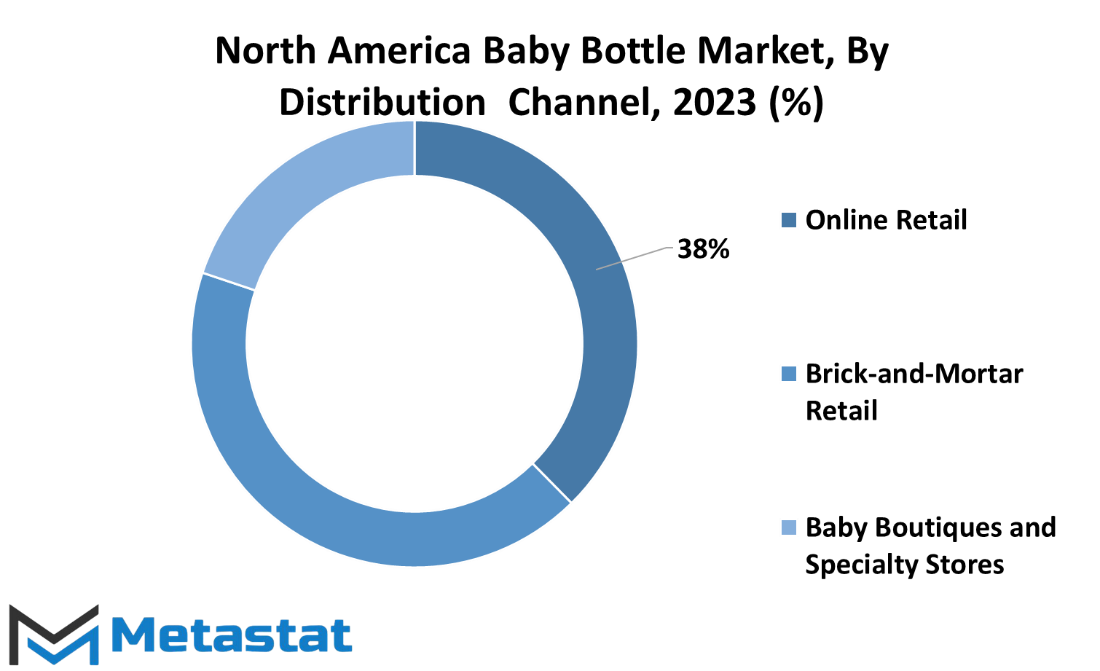
By Price Range
The North America Baby Bottle market is categorized based on price range, distinguishing three segments: Economy/Value Baby Bottles, Mid-Range Baby Bottles, and Premium/Luxury Baby Bottles. This division provides consumers with options catering to various budget considerations.
In this market, Economy/Value Baby Bottles represent the more budget-friendly option. These bottles are designed to be affordable without compromising on essential features. They serve as a practical choice for parents who seek functionality without breaking the bank.
Mid-Range Baby Bottles occupy the middle ground in terms of pricing. Positioned between the economical and premium categories, these bottles offer a balance of quality and cost. Parents opting for Mid-Range Baby Bottles are likely looking for a reasonable compromise between affordability and enhanced features.
On the higher end of the spectrum, we have Premium/Luxury Baby Bottles. These cater to consumers who prioritize top-notch quality and additional features. While these bottles come with a higher price tag, they often boast innovative designs, advanced materials, and extra functionalities, providing a more luxurious experience for both parents and infants.
This segmentation within the North America Baby Bottle market recognizes the diverse needs and preferences of consumers. Whether one is budget-conscious, seeking a balance between cost and quality, or aiming for a premium product with added features, the market offers a range of options to meet various parenting requirements.
REGIONAL ANALYSIS
The North American baby bottle market can be analyzed regionally by considering its geographical distribution, specifically in the United States (US), Canada, and Mexico. This breakdown provides insights into the market's performance and preferences across these nations.
Starting with the United States, the largest and most populous country in North America, the baby bottle market here reflects the diverse consumer landscape. Factors like cultural influences, economic conditions, and lifestyle choices play a significant role in shaping the demand for baby bottles. Understanding the unique preferences of American parents is crucial for businesses aiming to succeed in this region.
Moving on to Canada, a country known for its cultural mosaic and bilingual population, the baby bottle market exhibits distinct characteristics. Canadians may have preferences and buying patterns that differ from their American counterparts. Factors such as climate, cultural diversity, and regional variations can influence the types of baby bottles chosen by parents in different parts of the country.
Mexico, the southern neighbor in the North American trio, introduces another layer of diversity to the baby bottle market. With a rich cultural heritage and varying economic conditions across different regions, the preferences for baby bottles can vary widely. Understanding the local dynamics, economic factors, and cultural nuances is essential for businesses aiming to cater to the Mexican market.
The regional analysis of the North American baby bottle market involves a close examination of the unique characteristics and preferences in the United States, Canada, and Mexico. Each country presents a distinct market landscape shaped by cultural, economic, and regional factors. Adapting to these nuances is crucial for businesses seeking success in the dynamic and diverse North American market for baby bottles.
COMPETITIVE PLAYERS
The North America Baby Bottle market boasts a competitive landscape with key players vying for market share. Among these prominent entities are Mayborn Group Limited, Babisil International Ltd., Handi-Craft Company, Newell Brands Inc., Koninklijke Philips N.V., Comotomo Inc., Kiinde LLC, Pacific Baby Incorporated, and GoodBaby International Holdings Ltd.
Mayborn Group Limited is a significant participant, contributing to the dynamism of the market. Babisil International Ltd. Stands as another noteworthy player, making its mark in the competitive arena. Handi-Craft Company also plays a pivotal role in shaping the North America Baby Bottle market, with its unique offerings and market strategies.
Newell Brands Inc. is a key player known for its influence on the market dynamics. The company’s presence adds depth to the competitive landscape. Koninklijke Philips N.V., a well-established entity, brings its expertise to the forefront, contributing to the overall competitive scenario in the North America Baby Bottle market.
Comotomo Inc., Kiinde LLC, and Pacific Baby Incorporated each bring distinctive elements to the table, influencing the market with their innovative approaches and product offerings. These companies contribute to the richness and diversity of the competitive players in the North America Baby Bottle market.
GoodBaby International Holdings Ltd. Rounds off the list of significant participants, adding to the competitive intensity. Each of these players contributes uniquely to the market, creating a vibrant and competitive environment within the North America Baby Bottle market. The interplay of these companies shapes the market’s trajectory, reflecting the dynamism and competition inherent in this sector.
North America Baby Bottle Market Key Segments:
By Type
- Angle-neck Bottles
- Vented Bottles
- Wide-mouth Bottles
- Others
By Material
- Plastic
- Stainless Steel
- Glass
- Silicone
By Distribution Channel
- Online Retail
- Brick-and-Mortar Retail
- Baby Boutiques
- Specialty Stores
By Price Range
- Economy/Value Baby Bottles
- Mid-Range Baby Bottles
- Premium/Luxury Baby Bottles
Key North America Baby Bottle Industry Players
- Munchkin, Inc.
- PIGEON CORPORATION
- Mayborn Group Limited
- Babisil International Ltd.
- Handi-Craft Company
- Newell Brands Inc.
- Koninklijke Philips N.V.
- Comotomo Inc.
- Kiinde LLC
- Pacific baby Incorporated
- GoodBaby International Holdings Ltd.
WHAT REPORT PROVIDES
- Full in-depth analysis of the parent Industry
- Important changes in market and its dynamics
- Segmentation details of the market
- Former, on-going, and projected market analysis in terms of volume and value
- Assessment of niche industry developments
- Market share analysis
- Key strategies of major players
- Emerging segments and regional growth potential



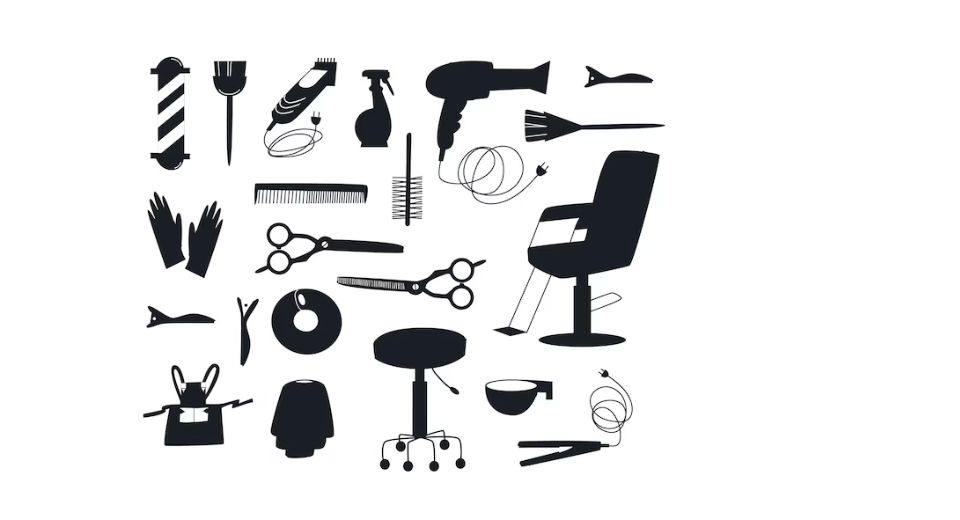
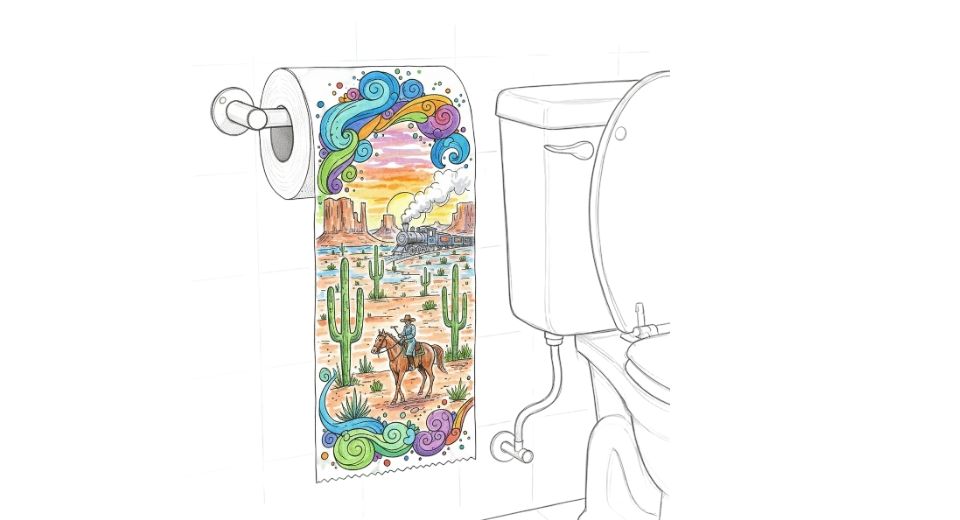

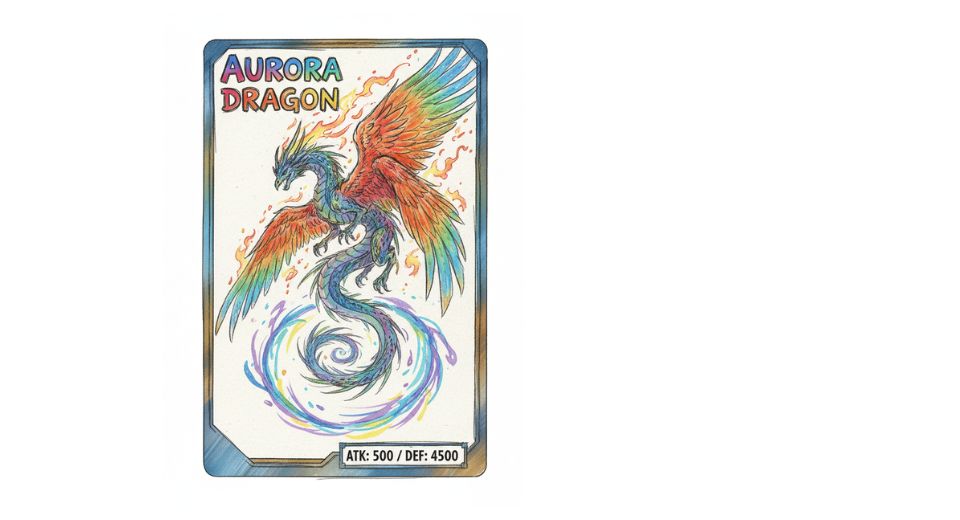

 US: +1 3023308252
US: +1 3023308252






